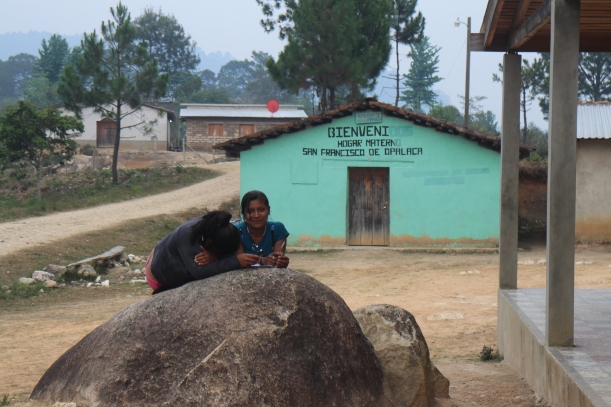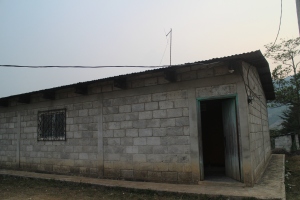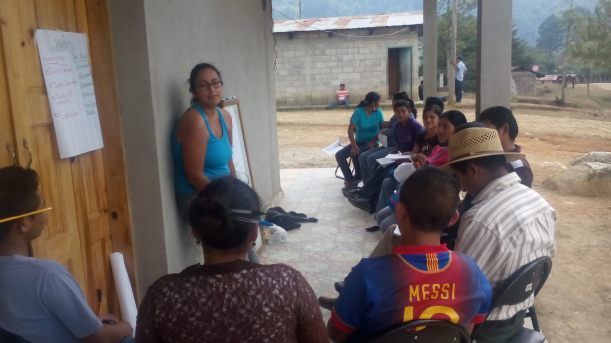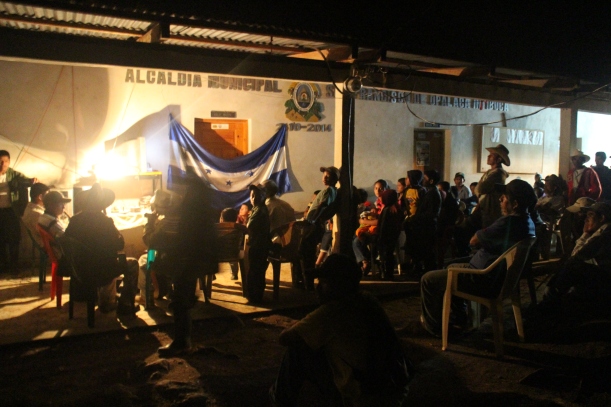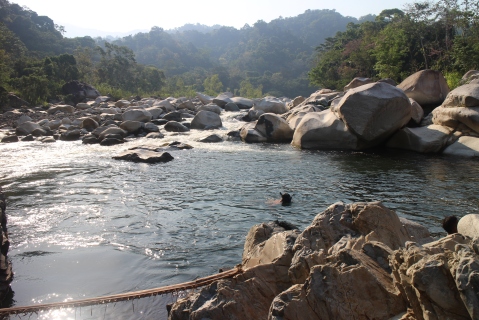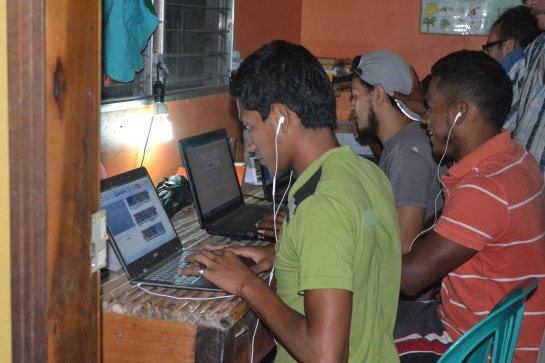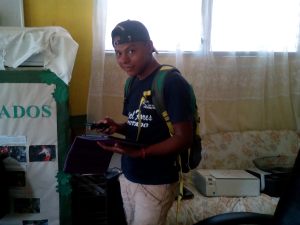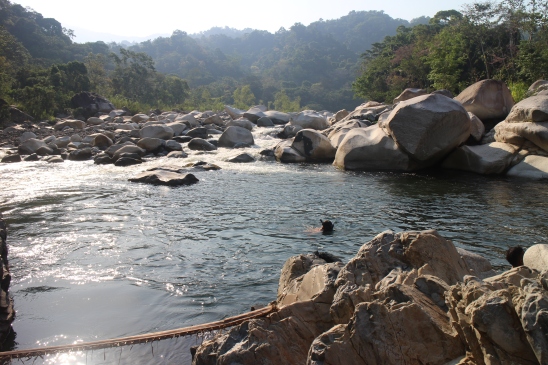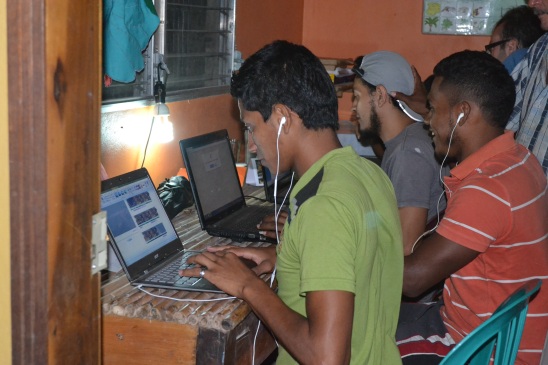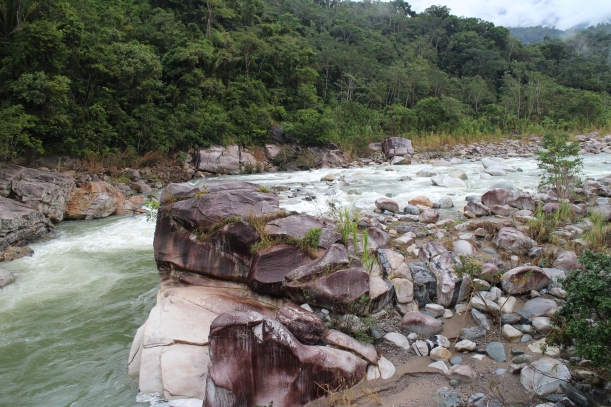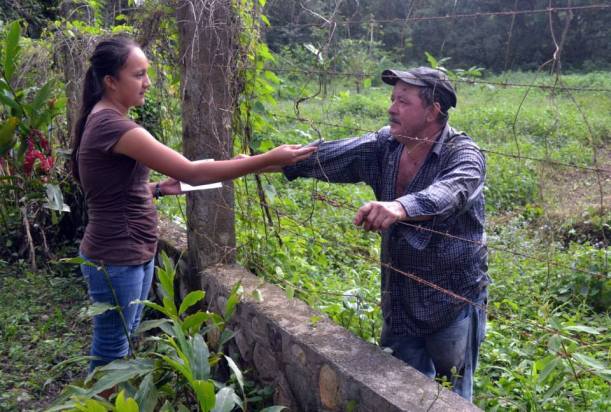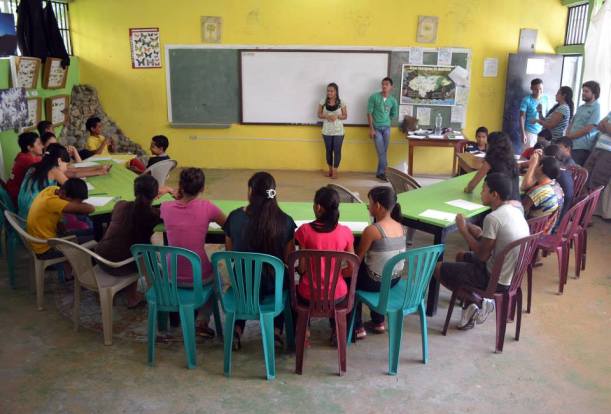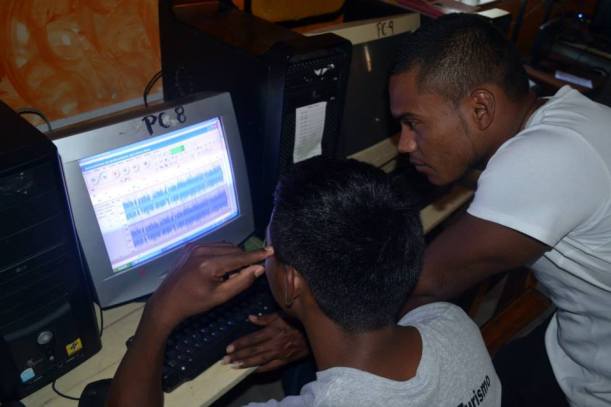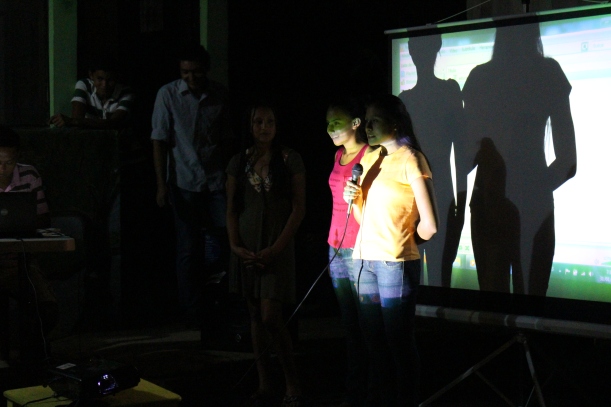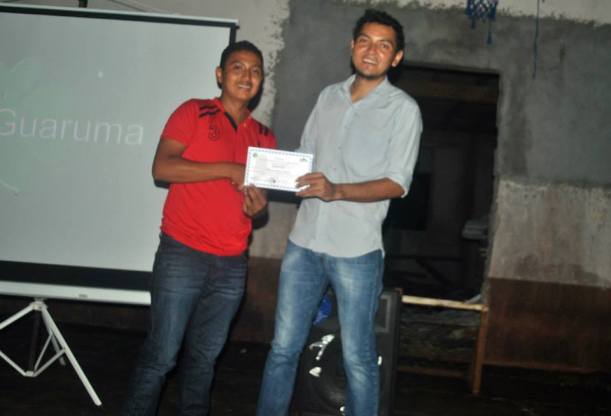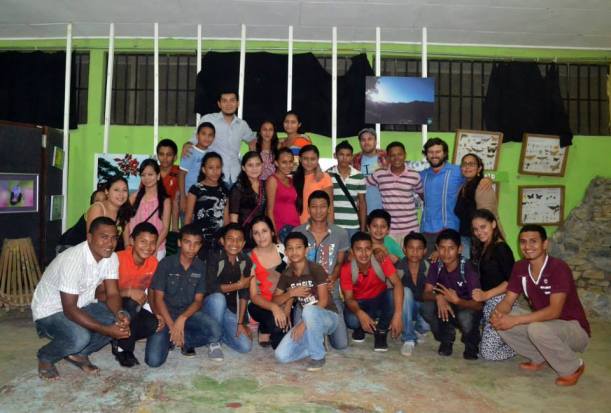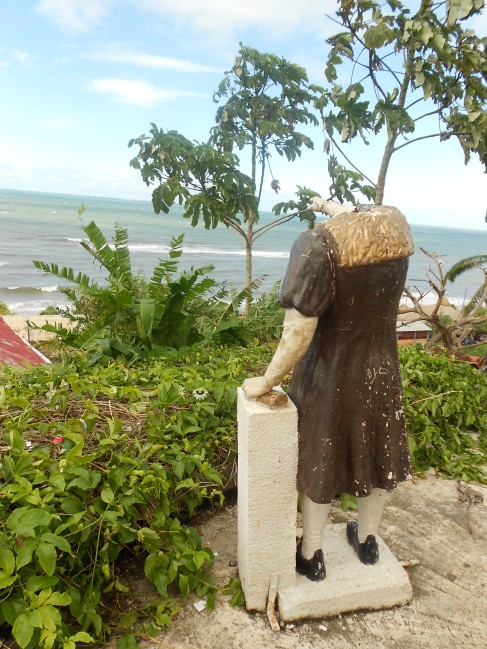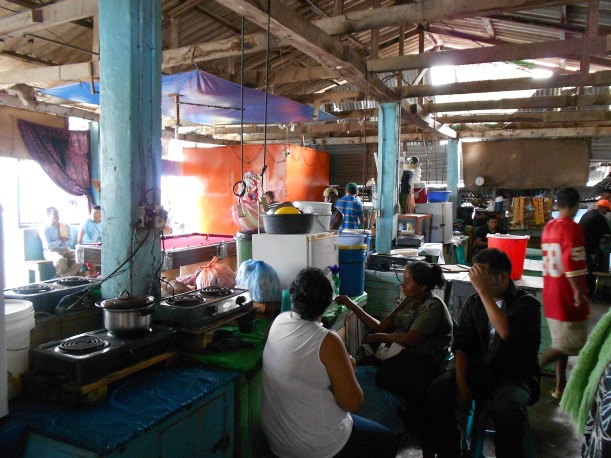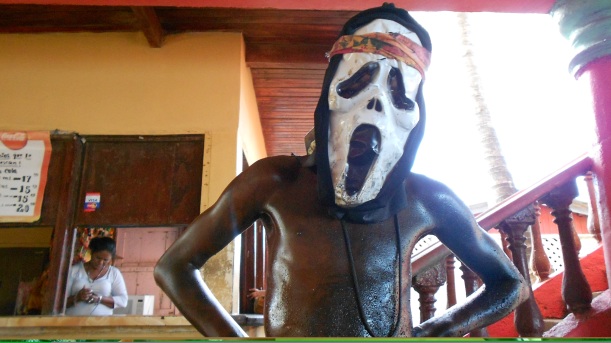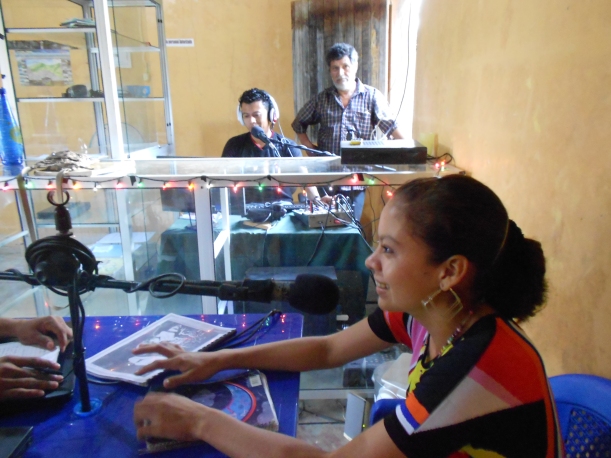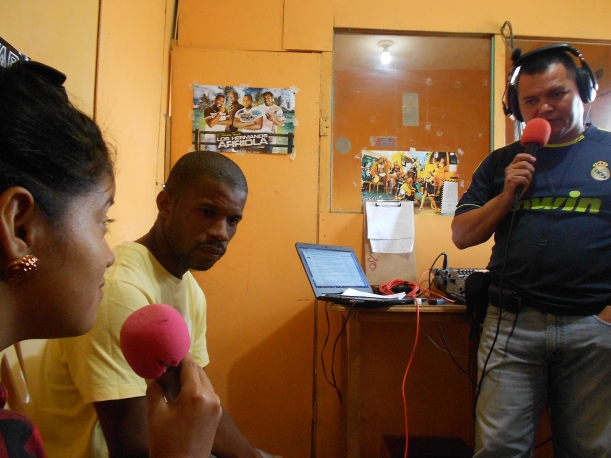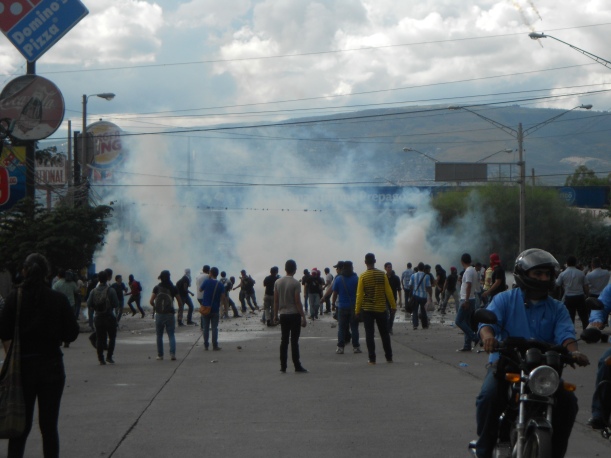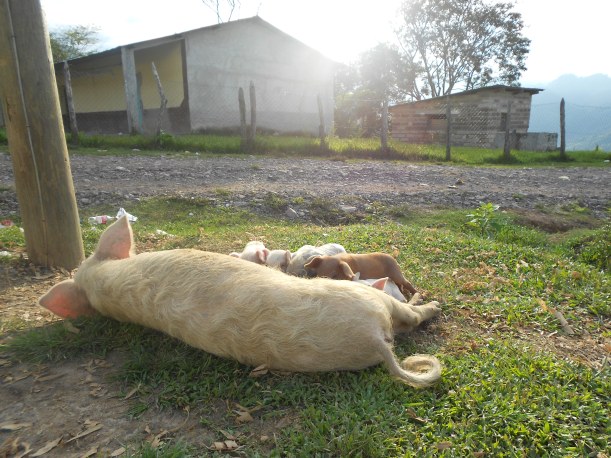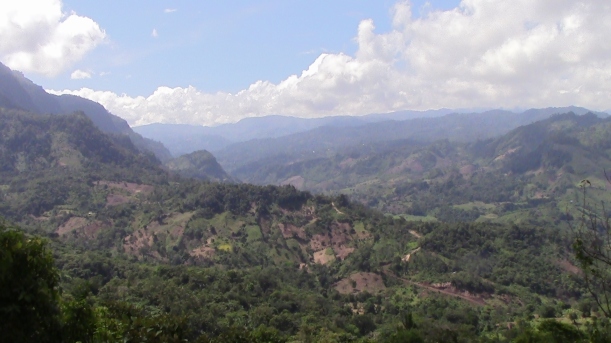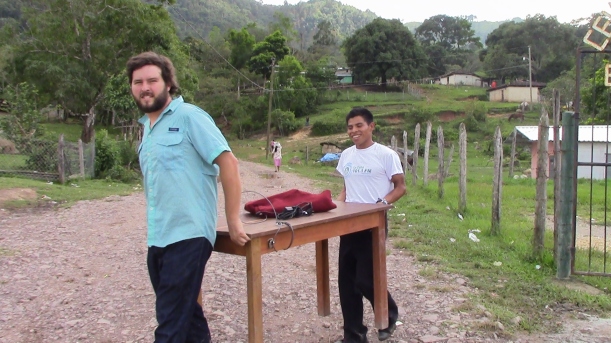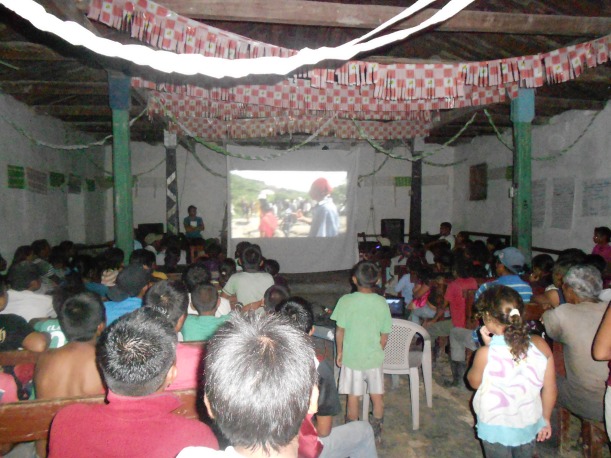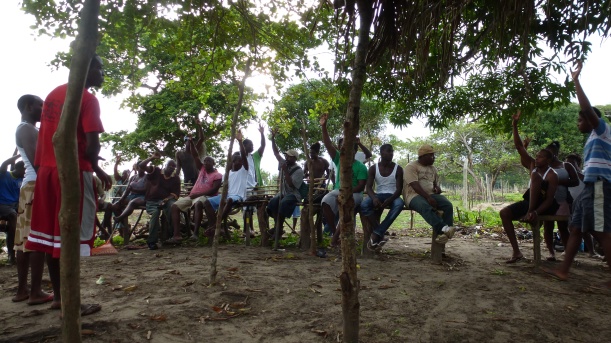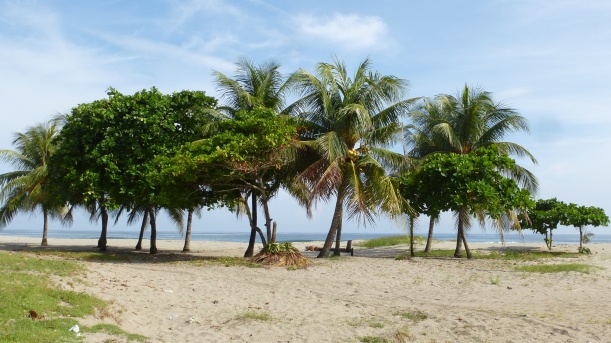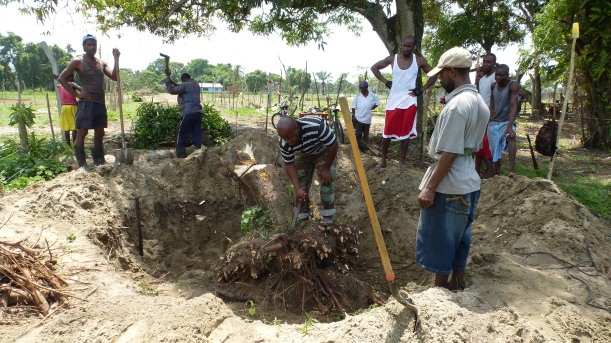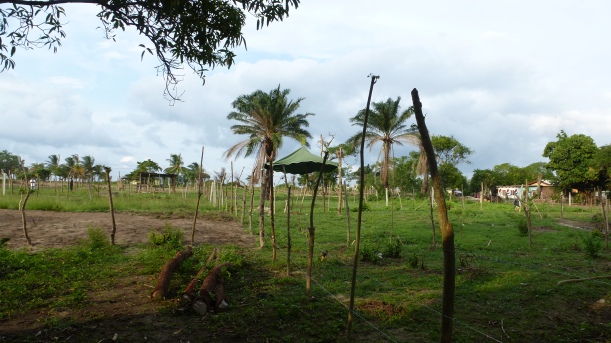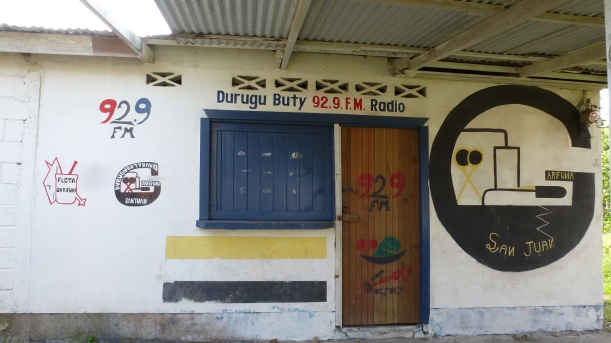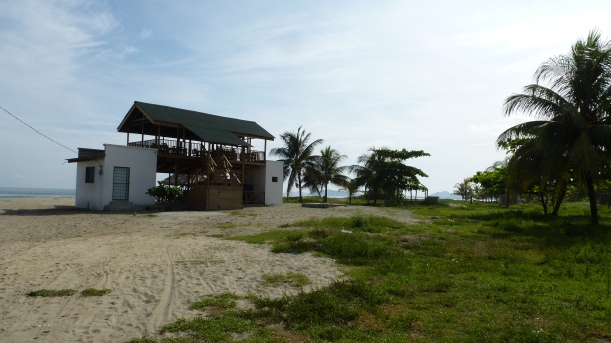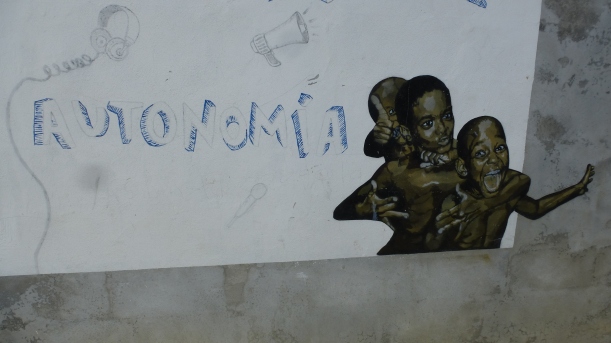It was time to leave Honduras after seven months of work in the country. One of our motivating factors for spending most of the past year in Honduras was the fact that a presidential election was slated for November 2013. Liberty and Refoundation (LIBRE), a political party born out of the resistance movement to the coup in 2009, was in the lead in the polls, unprecedented in Honduras for a party giving voice to the demands of marginalized groups. The country was on the brink of electing its first woman president.
There was real hope in the international solidarity community that this could be a legitimate chance to break the stranglehold that the ten families who control 90% of the wealth in the country and both major political parties exert over the rest of Honduras. Tragically, we were wrong. Widespread fraud handed an election certified as fair and transparent by the US and European Union, despite overwhelming evidence to the contrary, to Juan Orlando Hernandez (JOH), leading figure of the most authoritarian (some might say fascist) wing of the Honduran right.
Emboldened by international recognition of his election (at least by conservative governments in the region aligned with the US and cynically by Daniel Ortega in Nicaragua), repression since Hernandez was inaugurated in January 2014 has intensified to alarming proportions. Long-time regional human rights observers liken the current wave of murders, death threats, and staged criminal trials to the environment in the 1980’s, when over 200 progressive movement leaders were disappeared and countless more forced to flee the country. During this era, the US used Honduras as its main base of operations for the training of Contras and paramilitaries in tactics aimed at destabilizing revolutionary struggles in Nicaragua, El Salvador and Guatemala.
The scale and nature of violence and acts of intimidation directed toward human rights activists since Hernandez’s inauguration is highly disturbing and really hit home for us.
In Rio Blanco, where we conducted one of our first and one of our longest workshops, our friend Maria Dominguez, tireless in her efforts to maintain a road blockade against the imposition of a dam by multinational corporations and the Honduran oligarchy, was ambushed by a group of people wielding machetes. Her son and husband also were hospitalized, one losing an ear and requiring surgery to his skull.
Carlos Mejia Orellana, the director of marketing for Radio Progreso, the Jesuit radio station that took us in as part of the family and connected us with community radio stations all over Honduras, was murdered. He and other members of Radio Progreso had protective measures in place after receiving multiple death threats due to their fearless journalism. Authorities and the commercial media chose to highlight his homosexuality in this deeply conservative county (Did we mention that the new Congress and president are trying to ban all emergency contraceptives?) in an effort to discredit him by implying that the murder was merely a domestic spat. Over a month later, the investigation is stalled and the impunity only encourages more bloodshed.
Longshoreman union leader Victor Crespo from Puerto Cortes received death threats and fled to Portland, Oregon. His family was attacked and in January, his father was killed. Solidarity walkouts have been organized in Portland, Oregon. In Nicaragua, we met other solidarity activists who were harboring a Honduran family that was forced to flee after the election.
Bajo Aguan land recuperation movement (MUCA) member Chabelo Morales was sentenced to 17.5 years in prison for murder (on top of the five that he has already served), with absolutely zero evidence linking him to the crime scene beyond his picture appearing in a newspaper article about the confrontation. Despite the presence of numerous international human rights observers and several testimonies disputing the prosecution’s account of the events, appellate judges ruled against him and have upheld his sentence.
In the past month, a series of attacks on movement activists have vindicated the warnings of resistance movement members who contend that the JOH administration is a slickly-marketed, clean-cut facade that masks brutally repressive tactics aimed at consolidating power, regardless of the human rights that are trampled upon in the process. In fact, one of Hernandez’s chilling campaign slogans was “I’m going to do what I have to do to restore peace and tranquility to this country.“
On May 3, Rigoberto López Hernández, an activist belonging to a Santa Barbara environmental protection group that we met with in November, was brutally murdered. The circumstances of his murder make it undeniably clear that he was being silenced. Rigoberto was highly vocal in his opposition to the iron oxide mining of the mountain above the community. His murder remains uninvestigated.
Last week, Rafael Barahona, the LIBRE candidate for mayor of Tegucigalpa was ambushed and shot while driving. Fortunately, out of ten bullets fired, only two made it to his left arm. While it has not yet been substantiated, circumstances surrounding the shooting indicate that it was politically motivated.
One of Hernandez’s major initiatives has been the creation of the military police (PM) in Honduras to patrol the streets in an alleged effort to cut down on drug and gang violence. In practice, the military police have been involved in multiple incidents that demonstrate their role as the attack dogs of powerful interests in Honduras who hope to terrorize the resistance movement into submission. Before the election, military police conducted a drug raid on a prominent LIBRE activist’s home without any evidence to warrant the search. No contraband was found but a clear message was sent to rest of the activist community: if you speak out, there will be consequences.
Jose Guadalupe Ruelas, the director of an NGO in Tegucigalpa that recently published a report on a spike in the murder of children in Honduras, was in a parked car near the presidential palace when two motorcycles driven by military police crashed into him. They accused him of attempting to kill members of the presidential guard, arrested him, then beat and tortured him in prison.
Most recently, LIBRE supporters mobilized at Congress and were met by military police wielding batons and tear gas. Several Congress members were hospitalized and protesters were chased through the streets of Tegucigalpa and beaten. Other social movements in the country responded to this display of repression with a mass mobilization which ended in an encampment in the Central Park.
San Francisco de Opalaca workshop
Despite the horrifying surge of violence and terror directed at human rights defenders in Honduras over the past few months, the willingness of social movements to continue mobilizing is incredibly inspirational. Before we left the country, we were able to return to the mountains of western Honduras to conduct a last week of workshops with the Consejo Cívico de Organizaciones Populares e Indigenas de Honduras (COPINH), with whom we had earlier collaborated.
On very short notice, COPINH was able to organize a workshop in San Francisco de Opalaca, and we took the next bus out for the long journey to a town in the furthest reaches of the department of Intibuca. We arrived at a beautiful region of small coffee plantations mixed with banana trees and surrounded by pine forests on all sides. We were told that white-tail deer still live in the Puca Opalaca mountain range here!
San Francisco de Opalaca is a community that successfully organized with COPINH for the right to be governed by an assembly elected through direct democracy according to indigenous Lenca traditions. Over time, political parties co-opted this process and in the most recent election, fraud by Hernandez’s National Party handed control of the municipality to the previous mayor accused of mismanaging funds and favoritism in government hiring. The mayor from LIBRE and the people of San Francisco Opalaca did not sit idly by when this occurred – instead, they occupied the mayor’s office and have continued in shifts for 24 hours a day, 7 days a week for the past 4 months.
In early April 2014, a community radio station (Radio Puca Opalaca) got off the ground in the occupied computer center in the center of town. A radio technician from the US brought a small transmitter, mixer, and microphone, connected the equipment to an antenna attached to a long stick, hooked up a basic cell phone as the computer and a radio was born. We were reminded of Radio Venceremos, the mobile rebel radio station during the civil war in El Salvador that used the same antenna technique (in fact, we just visited one of the fabled trees in Perquin). The radio collective has 16 members, almost all new to community media, with a large contingent of women. Most of the participants are under 25 years old.
Our 3-day workshop was hectic and non-stop, with some participants staying until 1 am two nights in a row. There were seven teams sharing three very old computers (restored to usefulness after hours and hours of formatting and virus cleaning by the tireless, newly-appointed computer coordinator), a laptop and another computer that was lent to the radio by a local Catholic nun for use in editing and live radio programming.
Despite most participants having little to no computer experience, their level of commitment was extraordinary. The long hours didn’t faze them even though some walked two hours in order to get to the radio for their daily program.
When it was time to debut the programs on the radio, 100 people had gathered at the occupation of the mayor’s office. A boombox was set up and tuned to the station. Each group was interviewed by members from other groups, then all would run to the occupation a block away so that they could listen to their first radio program with everyone else. A conjunto (traditional string instrument folk group) played revolutionary corridos and the LIBRE mayor provided coffee to everyone present. After all programs had been presented and the Medios del Pueblo facilitators interviewed on the air, we had an emotional sendoff from the participants, with each person sharing a heartfelt message, ending with the unity clap and a chant of “El Pueblo Unido, Jamas Sera Vencido” (“The People United, Will Never be Defeated”).
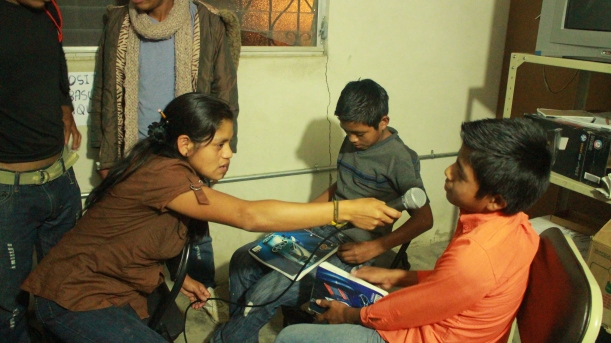
Albertina, veteran Radio Progreso local correspondent, interviews the two newest community radio hosts.
Equipment Donation and COPINH Video Workshop
COPINH doesn’t have a camcorder despite continual harassment of both the Executive Committee and members by the Honduran government. Their diverse struggles range from opposition to illegal dams and mines on indigenous land, to preservation of Lenca culture and tradition, to land recuperations.
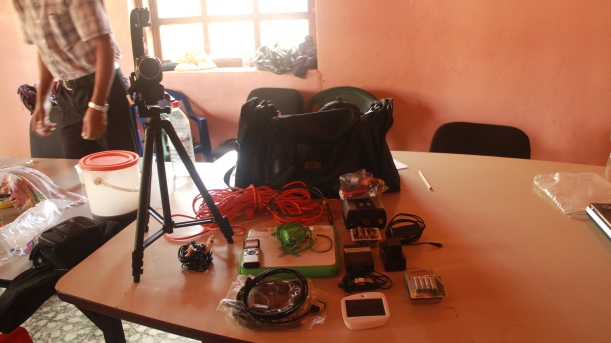
There was even a vintage One Laptop Per Child that we brought to San Antonio, Honduras, 6 years ago. We loaded it with conscious music and radio programs and it will replace a cell phone as a radio computer.
We formulated a plan with COPINH to donate the camcorder (and several other pieces of electronic equipment that included an audio recorder, microphones and laptop) in order to initiate a tool library for use by their network of community radio stations. Radios could “check out” the equipment until they were able to get a replacement. The equipment can be used for a variety of educational and radio programming purposes as well as serving as a way to document during emergencies (which, sadly, occur often). We knew that COPINH could get the materials to people in remote communities who truly need it, including some places where we had conducted workshops over the past nine months.
A 3-day workshop at the COPINH office was held to teach members of the community radio stations (Radio La Voz Lenca of San Francisco Lempira and Radio Guarajambala of La Esperanza) how to use the camcorder, edit video, and upload it to the internet. Participants would then be ready to pass on the skills to members of their radio stations and to people in other communities. In the video, they answered the question: How does the community radio station serve as a tool to overcome obstacles to autonomy? We defined autonomy and the participants really enjoyed finding images and video that corresponded with their recorded narratives. We collectively worked long hours (over 3 days) due to power outages but were saved by the nearby internet cafe that had a generator. Final products are below – enjoy!
Nuevo documental de TeleSur sobre la lucha de COPINH de defender los recursos naturales y los bienes comunes

